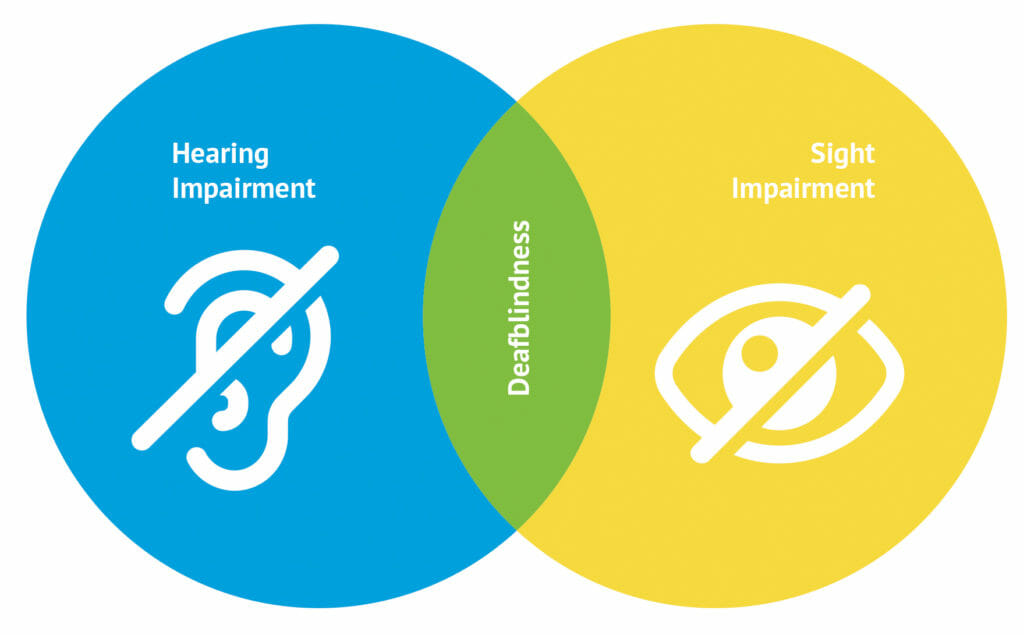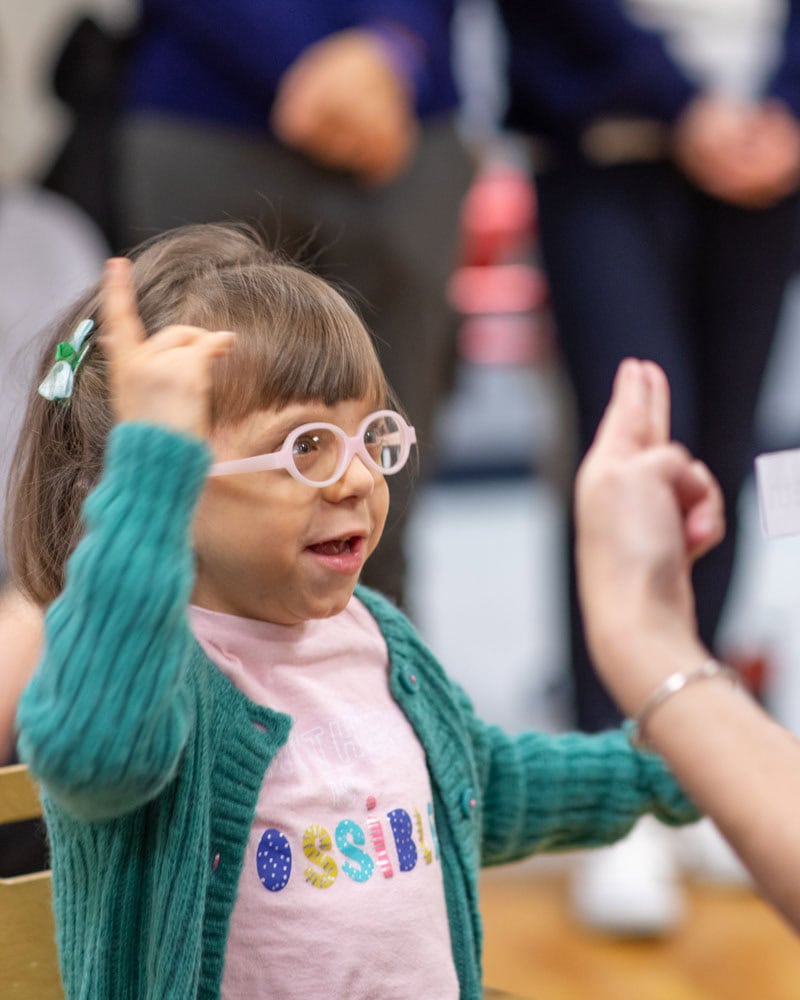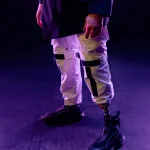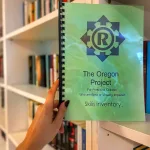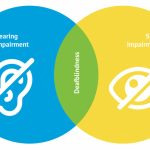Assessing the Hearing of an Individual with Vision Impairment: The Informal Functional Hearing Evaluation
Informal functional hearing evaluations are invaluable tools generally used by educators and therapists to better understand how an individual uses their hearing. Even though this type of assessment does not replace formal audiological testing and cannot be used to determine a person’s hearing condition, it provides important information. Audiological tests usually do not describe a person’s ability to access different environmental sounds and can also be conducted by audiologists who may not have training or experience in modifying the testing procedure to accommodate the individual’s needs. Thus, conducting a functional hearing evaluation offers practical data that can help the person take advantage of their hearing abilities and reach their full potential.
There are many informal functional hearing evaluation tools for deaf or hard of hearing people with typical vision who do not communicate using formal language. These tools rely heavily on observing shifts in the student’s eye gaze and visual attention as indicators of their response to specific sounds. But what happens when the student is deafblind and their vision impairment prevents them from using their eyes as the main mode of communication or from connecting sound to its source due to a lack of direct and incidental learning?
The Informal Functional Hearing Evaluation (IFHE) was developed by Adam Graves and Chris Montgomery at the Texas School for the Blind and Visually Impaired to guide Teachers of the Deaf/Hard of Hearing, Teachers of the Deafblind, Teachers of the Visually Impaired, Speech Therapists, or Educational Audiologists in describing the impact of potential hearing loss on the daily functioning of students with visual impairments and multiple disabilities. It is available at no cost through the National Center on Deaf-Blindness (NCDB). What makes the IFHE unique is its design, which specifically accounts for the challenges people with deafblindness and multiple disabilities face in localizing and identifying sound sources due to their vision impairment. This tool encourages the observation and documentation of the student’s specific bodily and behavioral responses to sounds, such as small movements or changes in vocalizations or head position.
To complete the IFHE, the different professionals working with the student need to collaborate and offer their input on how the student communicates and reacts to sounds in various auditory environments throughout their day. At the same time, audiologists can provide information on how the hearing assistive device is currently serving the student. The three main components of the IFHE are:
- Interviews with family, staff, and medical professionals
- Natural observation in familiar environments during familiar activities
- Systematic observation using information from formal hearing tests to observe behavior within familiar routines and record patterns that might indicate the student’s use of hearing.
To facilitate this process, the IFHE offers:
- An introduction to the tool and instructions on how to properly use it
- Interview worksheets
- An observation checklist
- A report summary
The information provided by the IFHE can be used for various purposes. It assists in gathering information about how the student currently uses their hearing in different settings and can guide the Individualized Education Program (IEP) team in developing instructional strategies to address a student’s sensory needs. Additionally, it is a valuable tool for documenting observations and thoughts when a student cannot participate in formal testing, forming programming considerations for a student with deafblindness, and determining necessary accommodations for the student to better access the classroom, home, and community environments. Lastly, the IFHE can be used prior to formal audiology testing and provide helpful information to audiologists.


